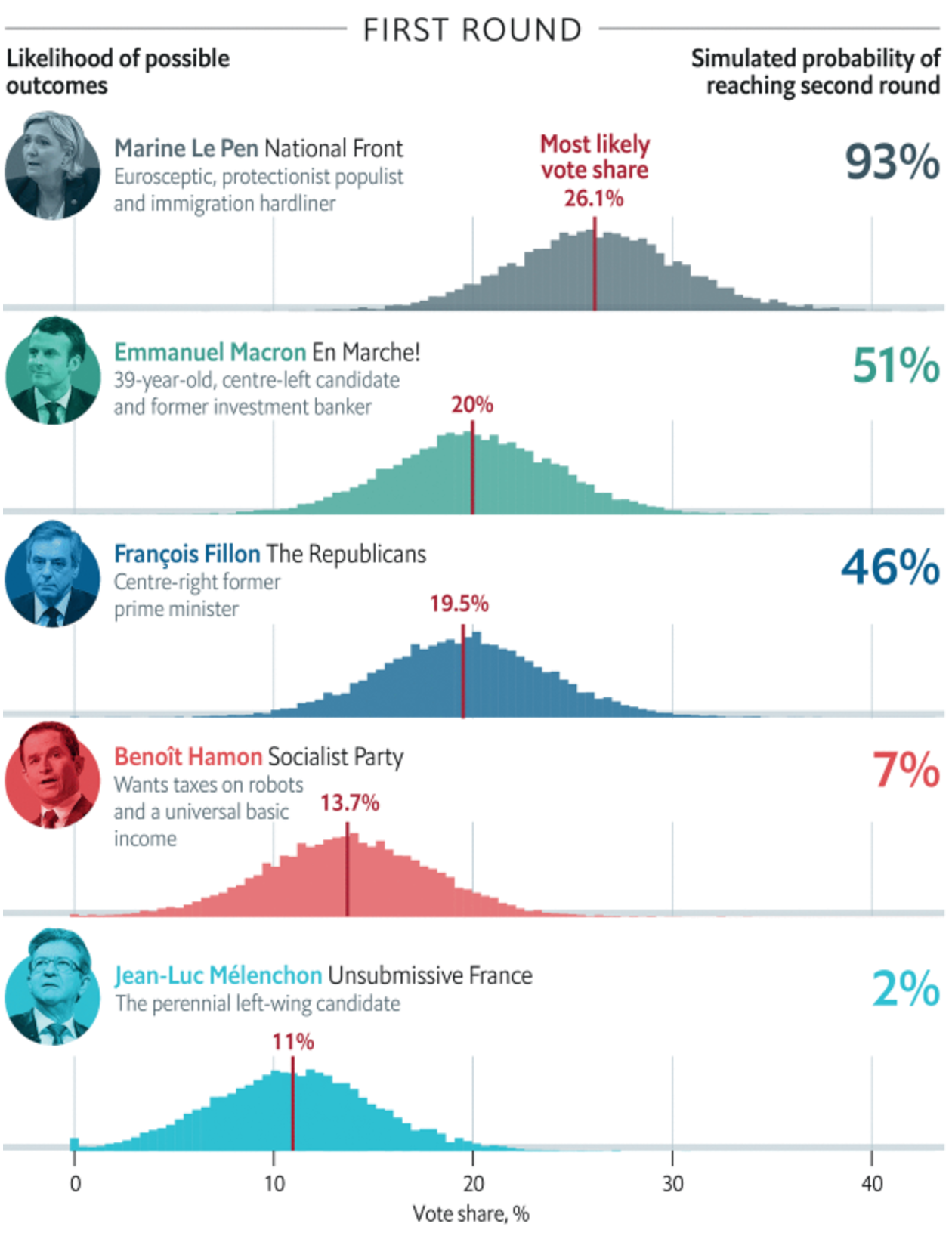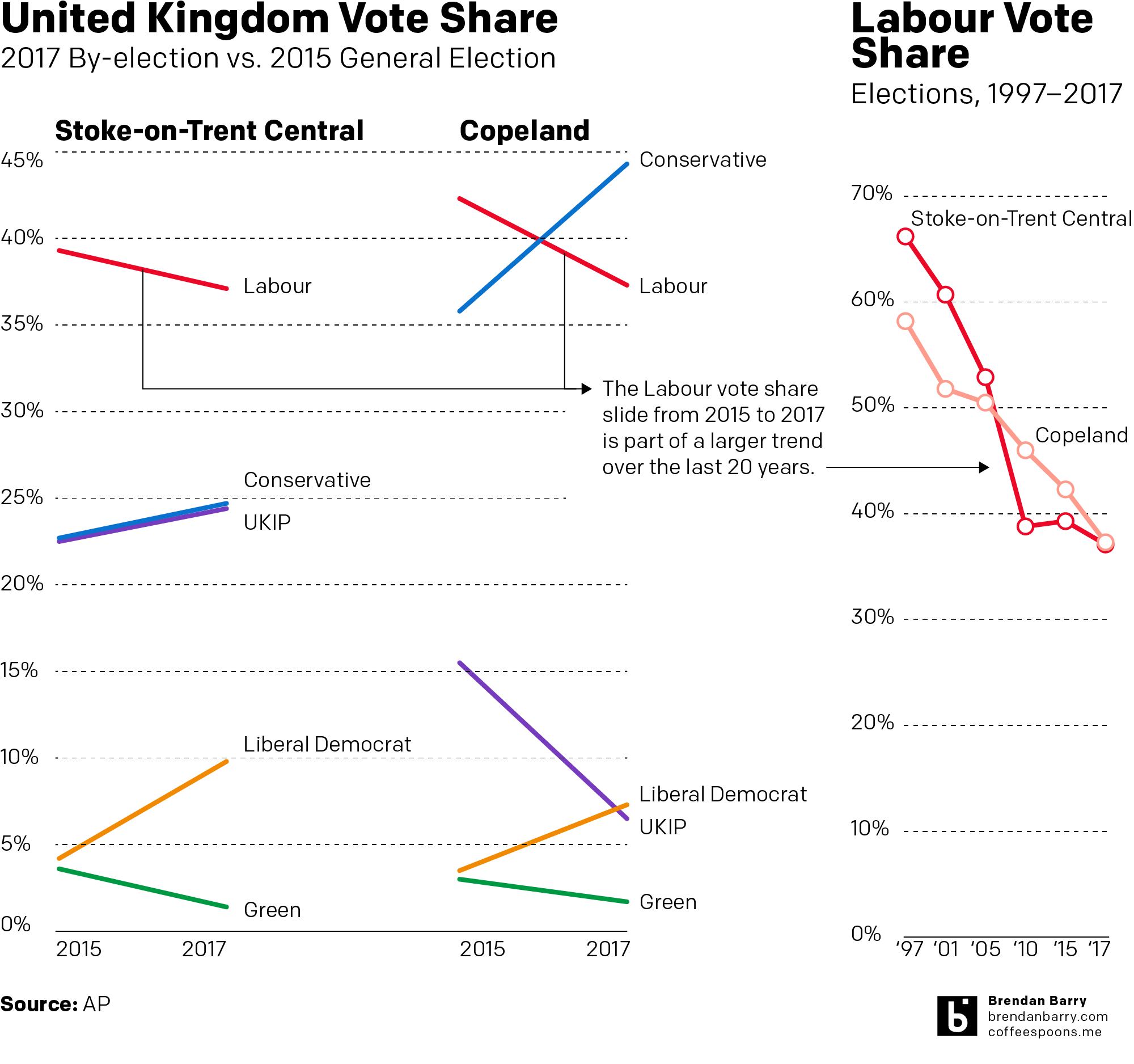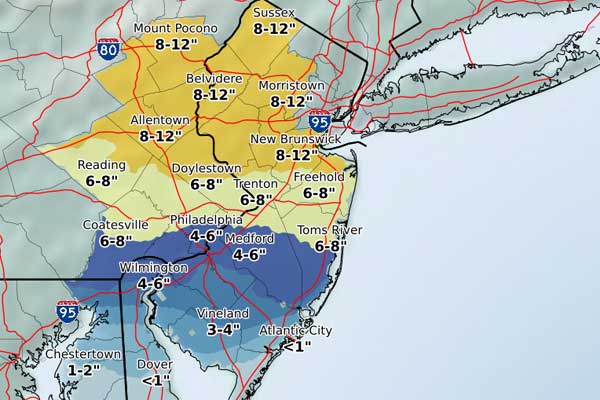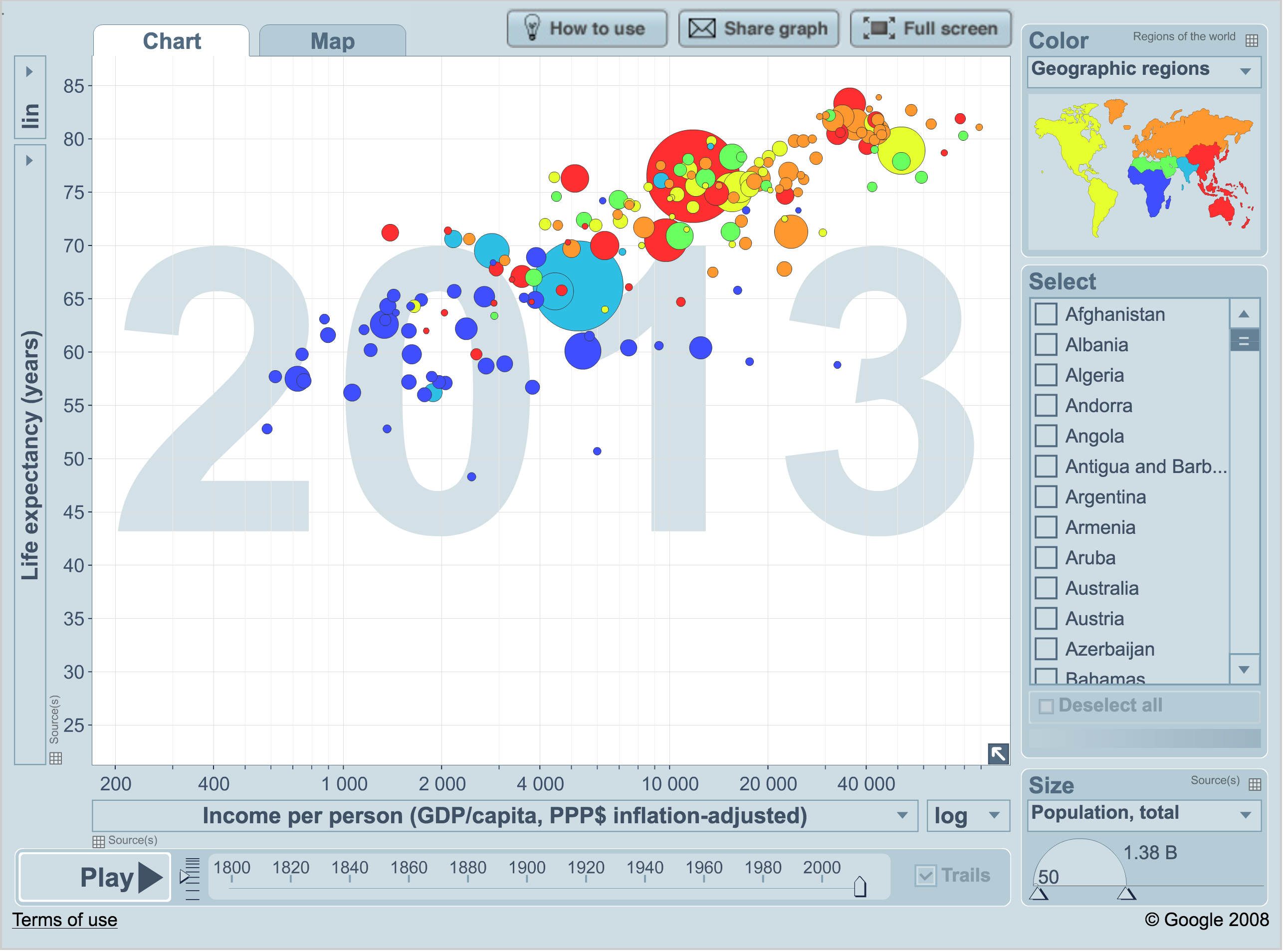One of the big news stories yesterday centred on the Trump administration’s budget outline that would expand US defence spending by 9%, or $54 billion. That is quite a lot of money. More worrying, however, was the draft’s directive that it be accompanied by equal spending cuts in neither security nor entitlement programmes like Social Security and Medicare. Nor, obviously, the trillions allocated for mandatory spending, e.g. debt repayment.
White House officials—worth noting of the Trump-despised anonymous type that I suppose that only matters if reporting unflattering news—declined to get into specifics, but pointed out foreign aid as an area likely to receive massive cuts.
Problem is, foreign aid is one of the smallest segments of the federal budget. How small? Well, let’s segue into today’s post—see how smooth that was—from the Washington Post. The article dates from October, but was just brought to my attention to one of my mates.
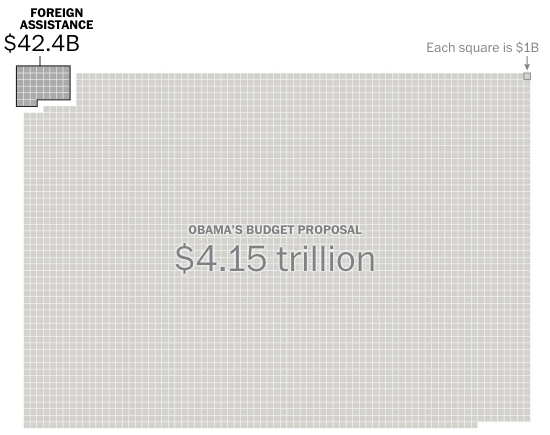
Beyond this graphic that leads the piece, the Post presents numerous cartograms and other graphics that detail spending patterns. Hint, there is a pattern. But those patterns could also make it difficult to slash said spending.
The reason foreign aid spending is important is that it ties nicely into that concept of soft power. No surprise that over 120 retired generals and admirals told Congress that spending on diplomacy and foreign aid is “critical to keeping America safe”.
But for now this remains a budget outline sent to federal agencies to review. The actual budget fight is yet to come. So I’m sure this won’t be the last time we look at this topic here on Coffeespoons.
Credit for the piece goes to Max Bearak and Lazaro Gamio.

